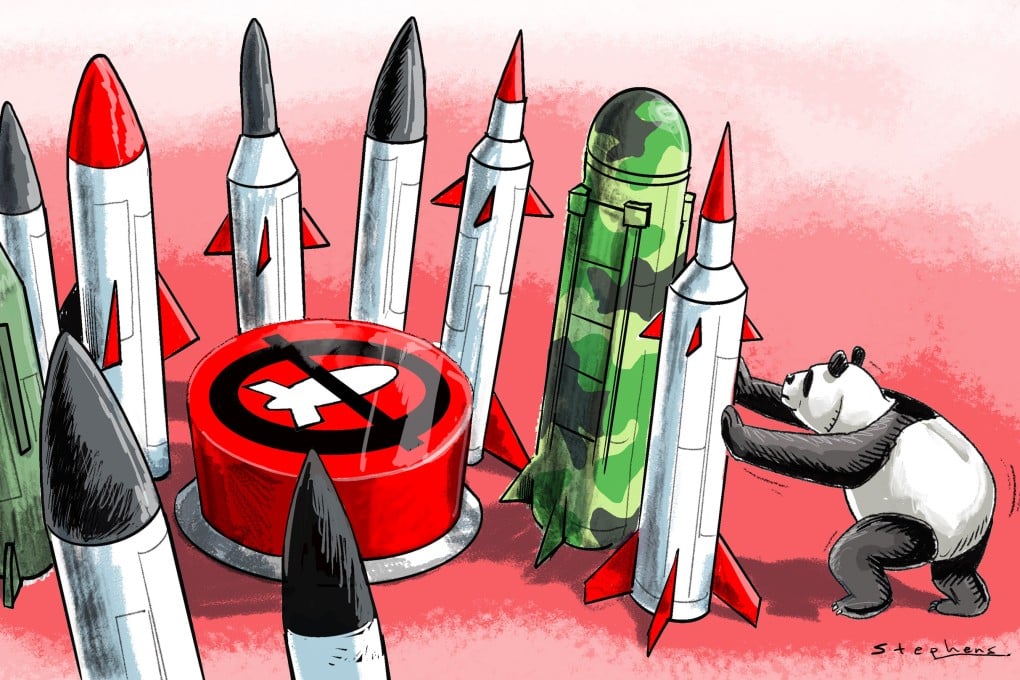Advertisement
Opinion | Why China’s ‘no first use’ policy requires more nuclear weapons
Adequate deterrence requires China to have sufficient nuclear warheads to resist an enemy first strike and ensure second-strike capability
Reading Time:4 minutes
Why you can trust SCMP
12

This really is an eye-opener. According to The New York Times, US President Joe Biden approved a classified document in March called the “Nuclear Employment Guidance”. Sources familiar with the situation say that the strategy laid out in the document emphasises the need for US forces to prepare for possible coordinated nuclear confrontations with Russia, China and North Korea.
Advertisement
My first question is this: where is a China-Russia-North Korea alliance, let alone nuclear alliance? China-Russia relations are close, but Beijing not having provided any direct military assistance to Moscow in its invasion of Ukraine suggests their relationship is not an alliance.
Meanwhile, in spite of a decades-old treaty between Beijing and Pyongyang that calls for mutual military assistance in time of war, China’s military interactions nowadays with North Korea are perhaps fewer than its interactions with most African countries. So how could the three countries coordinate these nuclear strategies or operations against the United States?
The US has no clear advantage in terms of nuclear weapons over Russia, which has more warheads, and it won’t in the future. Precisely because its conventional forces have drastically declined since the dissolution of the Soviet Union, Russia now relies more than ever on nuclear weapons.
This explains why Moscow has made several thinly veiled threats of using nuclear weapons during its war in Ukraine and will continue to play with nuclear ambiguity in the decades to come.
Advertisement
China’s nuclear capabilities, including the number of nuclear warheads, are considered state secrets. Therefore, it is unlikely that anyone in China will publicly confirm the accuracy of the Stockholm International Peace Research Institute’s estimates. The think tank released a report in June indicating China’s nuclear arsenal had increased from 410 warheads in January 2023 to 500 this January and that for the first time China could be deploying a small number of warheads on missiles during peacetime.


Advertisement
